Pine or birch: which is better?
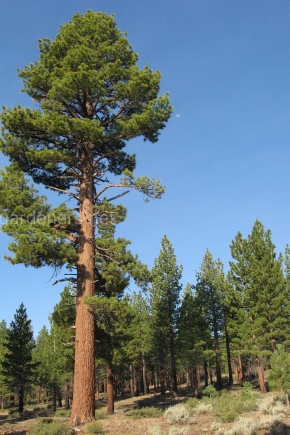
Increasingly, natural wood is used in the production of modern furniture. It is characterized by high strength, durability and emphasizes the natural structure of the pattern. The main woods of choice for many manufacturers are birch and pine. In this article, we will look at the main differences between types of trees and what can be made from them.

What is stronger?
Products made from natural wood are considered the most durable, therefore they are always very popular. But sometimes consumers have questions about which material is the hardest, strongest and most durable. Most of the products are made from natural birch and pine.
The main differences between birch and pine are the different strengths and resistance to deformation.
- Pine is a softer and more pliable material. Due to its low density, it is lightweight. However, it is not inferior in its strength to other representatives of coniferous and deciduous trees.
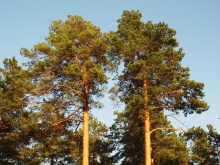
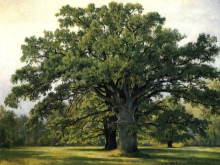

- Birch is distinguished by a solid structure of the trunk structure. It is much stronger than pine blocks. It has a high density and a fairly decent weight of workpieces.
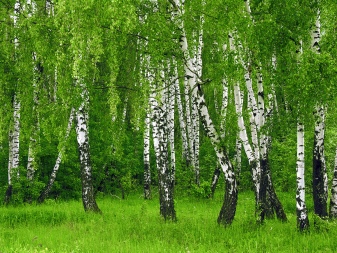
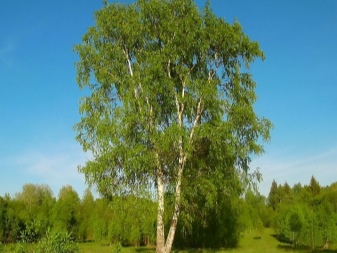
Due to their strength, birch boards are used in the manufacture of furniture, which is often subject to high loads. Such furniture includes kitchen and work tables and chairs, beds, various cabinets for storing heavy objects.
Pine boards are used mainly in the manufacture of kitchen sets, shelves for storing small items.
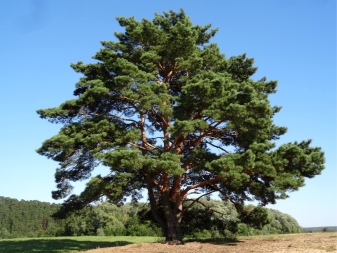
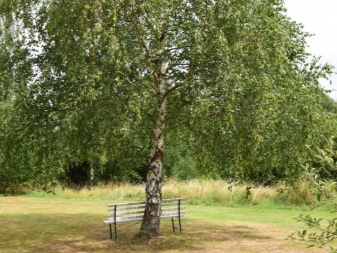
Which is easier to process?
Each wood, before becoming a product, undergoes a certain treatment. The process and processing costs directly depend on the density of the lumber structure.
- The most common sawn timber, which takes one of the first places, is pine. This is due to the fact that pine has a soft structure, which is easier to handle in any way. Due to its medium density, pine has a low weight, which makes it easy to load and transport blanks. The soft structure allows fewer saws to be changed as they rarely break or become dull.
Energy costs are significantly reduced, and a huge amount of finished lumber can be produced in one work shift.
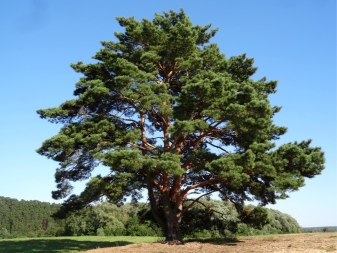
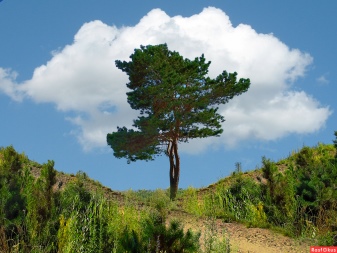
- Birch is more difficult to process. The dense structure and the rather heavy weight of the workpieces affect the additional load on the equipment. The workers have to change or sharpen the saws frequently. This increases the processing time for one workpiece, which in turn reduces the total output of finished products per shift.
Energy consumption in production is increasing.
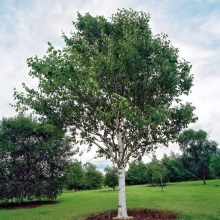

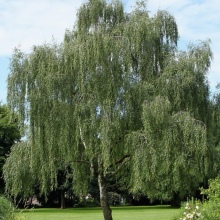
Comparison of other properties
Before deciding on the choice of lumber, it is necessary to compare other properties and understand what is the significant difference between tree species. The main criteria are price and durability.
- For many, an important criterion is the price of finished products. The higher the price of the starting material, the more expensive the finished product. The cost is made up of various factors. Birch is a more common tree, therefore, the price of blanks is much cheaper than that of a coniferous representative. However, pine is easier to process and this reduces production costs.As numerous studies and comparisons show, on average, the price of finished sawn timber is about the same, so you can choose any wood for your needs.
- Another of the main properties when choosing wood is the ability to withstand the negative effects of the environment. Often finished products are exposed to high humidity and fungal contamination. Accordingly, wood inevitably rots faster and loses its properties. Conifers are the best for this task. They can be stored in any open or closed room. Slowly undergo a decay process. Birch blanks require more careful storage, as they are afraid of moisture ingress. If dry conditions prevail at the storage site, then the appearance of various cracks and infection with harmful insects is possible.
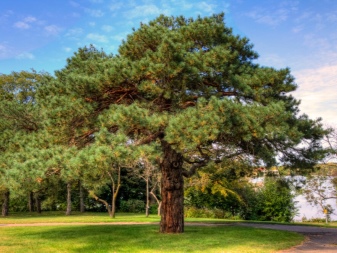
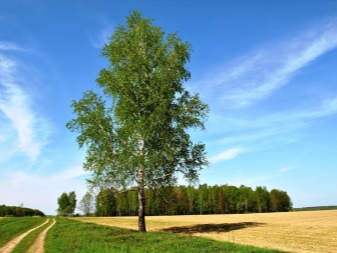
What is the best choice?
Despite their advantages and disadvantages, birch and pine are considered excellent wood species for the production of any wood product, especially furniture.
Birch wood is often used to produce furniture for children's rooms, bedrooms and living rooms. These places have the least amount of humid air. Sometimes kitchen sets are created from solid birch. But in this case, it is necessary to correctly approach the location of the furniture in order to exclude the frequent ingress of moisture on the open surfaces of the wood. Solid birch is especially suitable for creating a dining table and massive chairs for it. Wide boards can perfectly show the rich structure of the pattern.
Solid pine is often used in the manufacture of furniture for country houses and cottages. Such products are perfectly combined with the design of the room, when the walls are made in the form of a solid log. In addition, the pine massif is used in the production of kitchen sets, as it is not afraid of increased moisture. But due to the soft structure of the wood, finished products are often prone to scratches, so it is not recommended to install pine furniture in children's rooms.
Undoubtedly, each type of wood is an excellent option for creating unique interior elements. The high-quality structure and durability ensure a long service life.
Choosing massifs of pine and birch, you can provide yourself with reliable furniture for a long time, emphasize the rich appearance of the design of the premises.
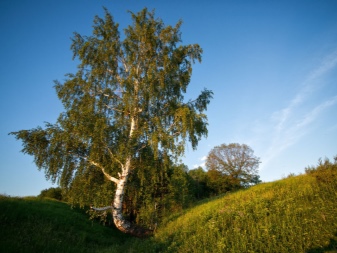
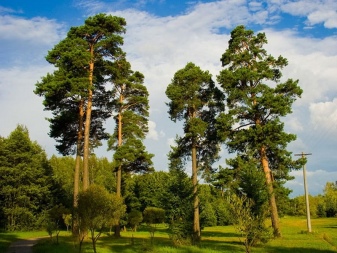



































































The comment was sent successfully.